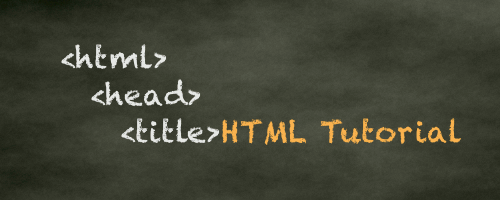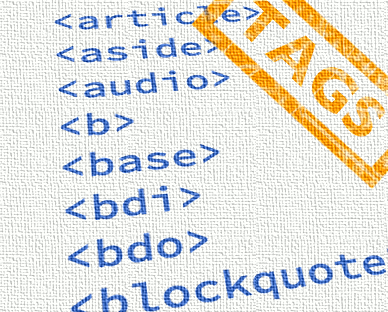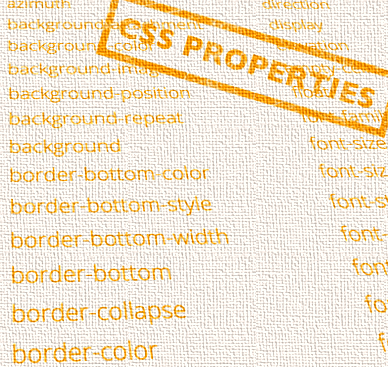HTML Font Color Code
In HTML, font color is specified using the CSS color property.
If you've used other font properties such as 'font-family', 'font-size' etc, you might assume there's a 'font-color' property or a 'text-color' property. But, there isn't a 'font-color' or 'text-color' property. Nope. To set font/text color, you simply use the 'color' property - this is the same property you use to set the color of any HTML element.
Font Color - Inline Styles
Use this option if you only want to set the color of a small amount of text.
Font Color - Embedded Styles
Use this option if you have multiple blocks of text that all need to be the same color. A benefit of doing this is, if you later decide to change to a different color, you'll only need to do it in one place.
Note that you can set the font color for all paragraph text (or any other text) by using the element's name as the selector (i.e. p).
Font Color - External Style Sheet
If you need to set the font color for your whole website, you should use an external style sheet. You could transfer the contents of the above example into an external style sheet. Then, you can link to that style sheet from every page on your website.
To learn more, check out this page on external style sheets.
Choosing your Colors
There are millions of different colors to choose from when creating color schemes for websites. The easiest way to choose your colors is to use this color picker.
More Font Codes
Here's a list of the various font/text properties you can use on your website.
- font
- font-family
- font-size
- font-size-adjust
- font-stretch
- font-style
- font-variant
- font-weight
- letter-spacing
- line-height
- color
- background-color
- text-align
- text-decoration
- text-indent
- text-shadow
- text-transform
HTML Reference
-

HTML Tutorial
Free HTML tutorial that explains how to code in HTML.
This tutorial explains what HTML elements and attributes are, and how to use them.
I explain the basics, such as what you need in order to write HTML and how to create your first web page.
I then cover other HTML topics including tables, adding color, images, forms, image maps, iframes, meta tags, and more.
I also explain the difference between HTML and CSS (and when to use each one).
Go to HTML Tutorial -

HTML Tags
Full list of all HTML elements.
This is an alphabetical list of HTML elements, linking to a full page of details for each element.
All elements are based on the official HTML5 specification, and include usage notes, full attribute list, as well as links to the various specifications for each element (i.e. HTML4 spec, HTML5 spec, WHATWG spec).
Go to HTML Tags -

CSS Properties
Full list of CSS properties.
Alphabetical list of CSS properties as per the W3C specifications.
CSS stands for Cascading Style Sheets. CSS is the standard way to style web pages.
You can use CSS to set the style for a whole website in one place. CSS allows you to set colors, fonts, widths, heights, margins, padding, and much more.
Go to CSS Properties